50 Shades of Spice: A Hilariously Fiery Guide to Hot Scoville Scales & Beyond
Hot spicy peppers aren't just a food group—they're a lifestyle, a test of courage, and sometimes, an emotional rollercoaster. Whether you're trying to impress your date with homemade ghost pepper salsa or survive your friend's legendary chili cook-off challenge, this article is your survival kit.
Table of Contents
- Why Do People Love (or Hate) Spicy Peppers?
- The Spiciness Scale You Need to Know: Scoville Units Demystified
- Top 10 Most Popular Hot Spicy Peppers & How to Use Them
- Pepper Face-Off: Mild vs. Wild vs. Weaponized
- Practical Tips for Handling the Heat Like a Pro
- Common Mistakes That’ll Make You Cry (and Not Just from Capsaicin)
- Spice Safety 101: When Your Tongue is on Fire
- Conclusion: Embrace the Burn (Responsibly)
Why Do People Love (or Hate) Spicy Peppers?
If you’ve ever watched someone eat a raw habanero like it’s a carrot and wondered, “Are they human?”—you’re not alone. The answer lies in our brains and a little molecule called capsaicin.
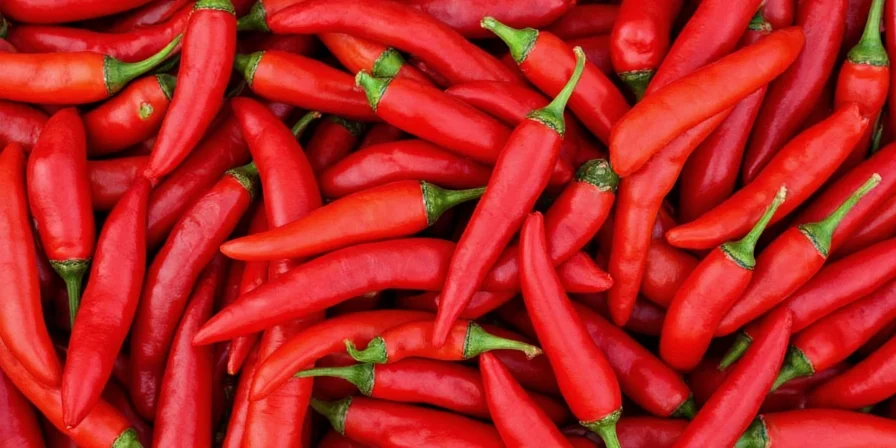
Capsaicin tricks your body into thinking it’s burning, which triggers the release of endorphins—your brain’s way of saying, “Here’s some happiness to distract you from the pain!” It’s like a natural high… minus the cool music and good dance moves.
The Spiciness Scale You Need to Know: Scoville Units Demystified
The Scoville scale is the official measure of spiciness, developed by Wilbur Scoville in 1912. Originally based on diluting capsaicin until a panel of tasters could no longer feel the burn, today it’s done with high-tech instruments. Here's a breakdown of what those numbers mean:
| Pepper | Scoville Heat Units (SHU) | Burn Level |
|---|---|---|
| Red Bell Pepper | 0 SHU | No burn at all. Safe for toddlers. |
| Jalapeño | 2,500–8,000 SHU | Mild-to-moderate heat. Great for tacos and margaritas. |
| Habanero | 100,000–350,000 SHU | Fire alarm goes off. Wear gloves! |
| Carolina Reaper | 1,400,000–2,200,000 SHU | World’s hottest pepper. Not for the faint-hearted. |
Top 10 Most Popular Hot Spicy Peppers & How to Use Them
- Jalapeño: Perfect for salsas, nachos, and stuffed poppers.
- Serrano: Similar to jalapeño but hotter; great for sauces and soups.
- Ghost Pepper (Bhut Jolokia): For extreme spice lovers. Use sparingly!
- Scotch Bonnet: Sweet yet searing. Used heavily in Caribbean cuisine.
- Thai Chili: Tiny but mighty. Ideal for curries and stir-fries.
- Cayenne: Ground version used in spices blends and hot sauces.
- Tabasco Pepper: Grows in the swamps of Louisiana. Goes into—you guessed it—Tabasco sauce!
- Pepper X: New contender for the world’s hottest. Handle with care.
- Ancho (Dried Poblano): Smoky and slightly sweet. Perfect for mole sauces.
- Chipotle: Smoked dried jalapeños. Adds depth and heat to barbecue and stews.
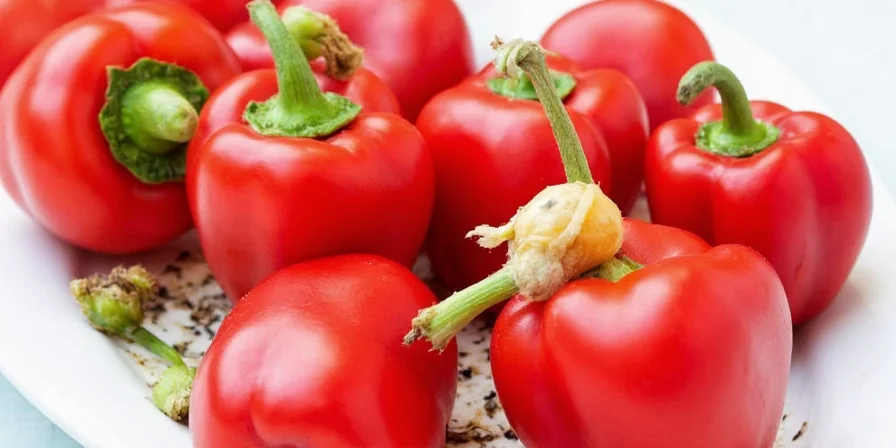
Pepper Face-Off: Mild vs. Wild vs. Weaponized
Let’s compare three categories of peppers across flavor, heat level, and culinary use.
| Category | Flavor Profile | Heat Level | Best Uses |
|---|---|---|---|
| Mild | Grassy, vegetal | Low | Salsas, salads, stuffed peppers |
| Wild | Smoky, fruity | Moderate-High | Curries, marinades, sauces |
| Weaponized | Earthy, intense | Off-the-charts | Experiments, dares, and YouTube videos |
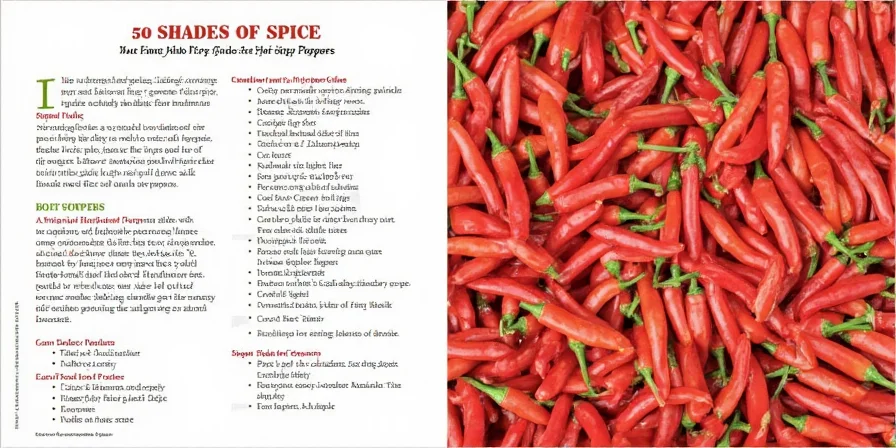
Practical Tips for Handling the Heat Like a Pro
Want to play with fire without getting burned? Here are some essential tips:
- Use gloves when chopping super-hot peppers. Even better? Disposable gloves and goggles.
- Never touch your face, especially your eyes, nose, or other sensitive areas after handling peppers.
- Seed and stem them carefully—most of the heat lives in the seeds and inner membranes.
- Rinse your hands with milk or vinegar if you forget the gloves. Water won’t help—the oil is water-resistant.
- Add dairy to dishes (like sour cream or yogurt) to neutralize the heat.
- Start small and taste before adding more. You can always add more heat, but you can’t take it away.
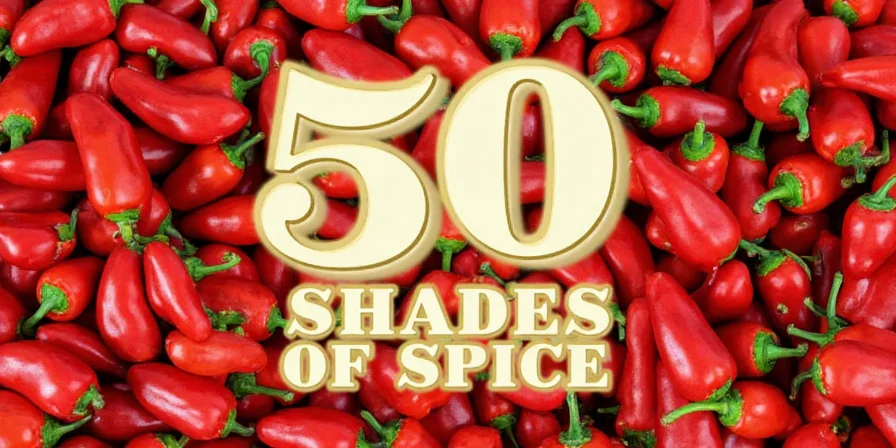
Common Mistakes That’ll Make You Cry (and Not Just from Capsaicin)
We've all made mistakes in the kitchen. But with hot peppers, the consequences can be dramatic. Avoid these classic blunders:
- Mixing different super-hot peppers in one dish—it’s like inviting multiple pyromaniacs to a fireworks factory.
- Using a blender without a lid—sudden spray of molten lava-like liquid. Not a drill.
- Eating raw ghost peppers—because apparently, some people need life lessons the hard way.
- Assuming all peppers labeled “spicy” are created equal. Nope! Always check the Scoville rating.
- Storing cut peppers in plastic bags—they'll absorb moisture and become slimy. Gross.
Spice Safety 101: When Your Tongue is on Fire
So, you went full Rambo and took a bite of pure Reaper flesh. What now? Here's how to handle the inferno:
- Don’t drink water—it spreads the fire like throwing gasoline on flames.
- Reach for milk, yogurt, or ice cream—dairy contains casein, which helps dissolve capsaicin.
- Swallow a spoonful of sugar or honey—the sweetness distracts your brain from the pain.
- Cool down your skin with cool compresses or aloe vera if you accidentally touched your face after chopping peppers.
- Stay hydrated—but stick to dairy-based beverages.
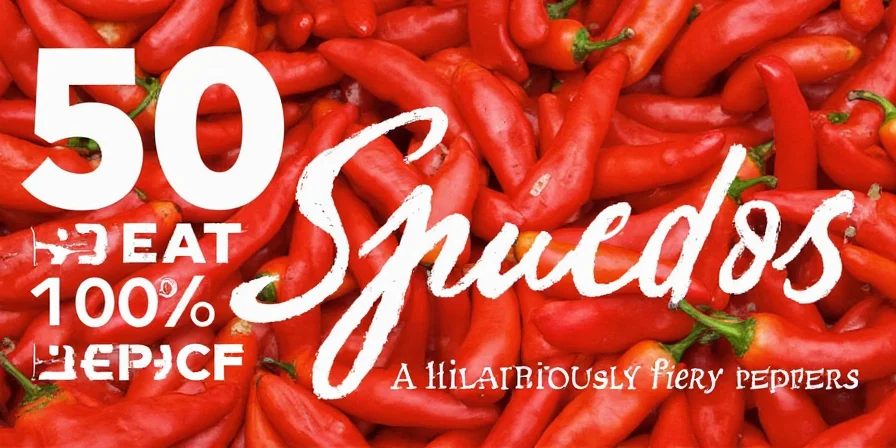
Conclusion: Embrace the Burn (Responsibly)
Hot spicy peppers bring flavor, excitement, and even health benefits to your meals—but they’re not to be trifled with. With a bit of knowledge and a lot of common sense, you can enjoy the heat without setting your life on fire (literally).
Remember: respect the pepper. It doesn’t care about your ego, your pride, or your YouTube channel. Handle it wisely, and it will reward you with unforgettable flavors and memories. Mess up, and well… expect some tears, laughter, and maybe a trip to the ER.
So go ahead—spice up your life. But keep a glass of milk nearby. You’ll thank me later.

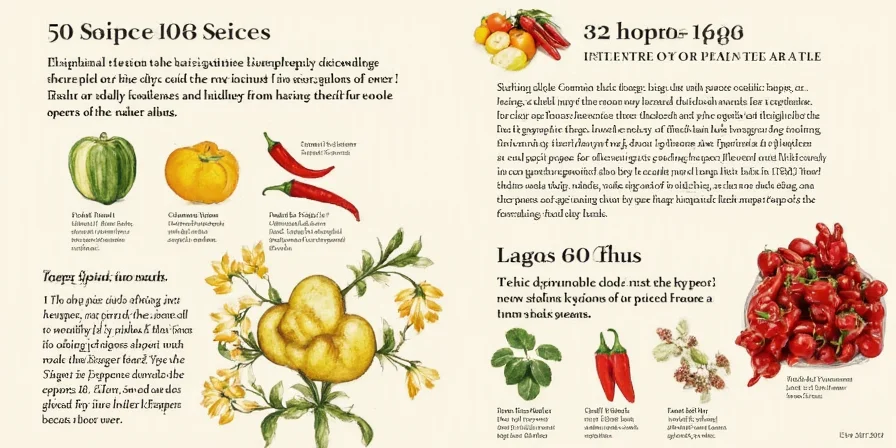









 浙公网安备
33010002000092号
浙公网安备
33010002000092号 浙B2-20120091-4
浙B2-20120091-4